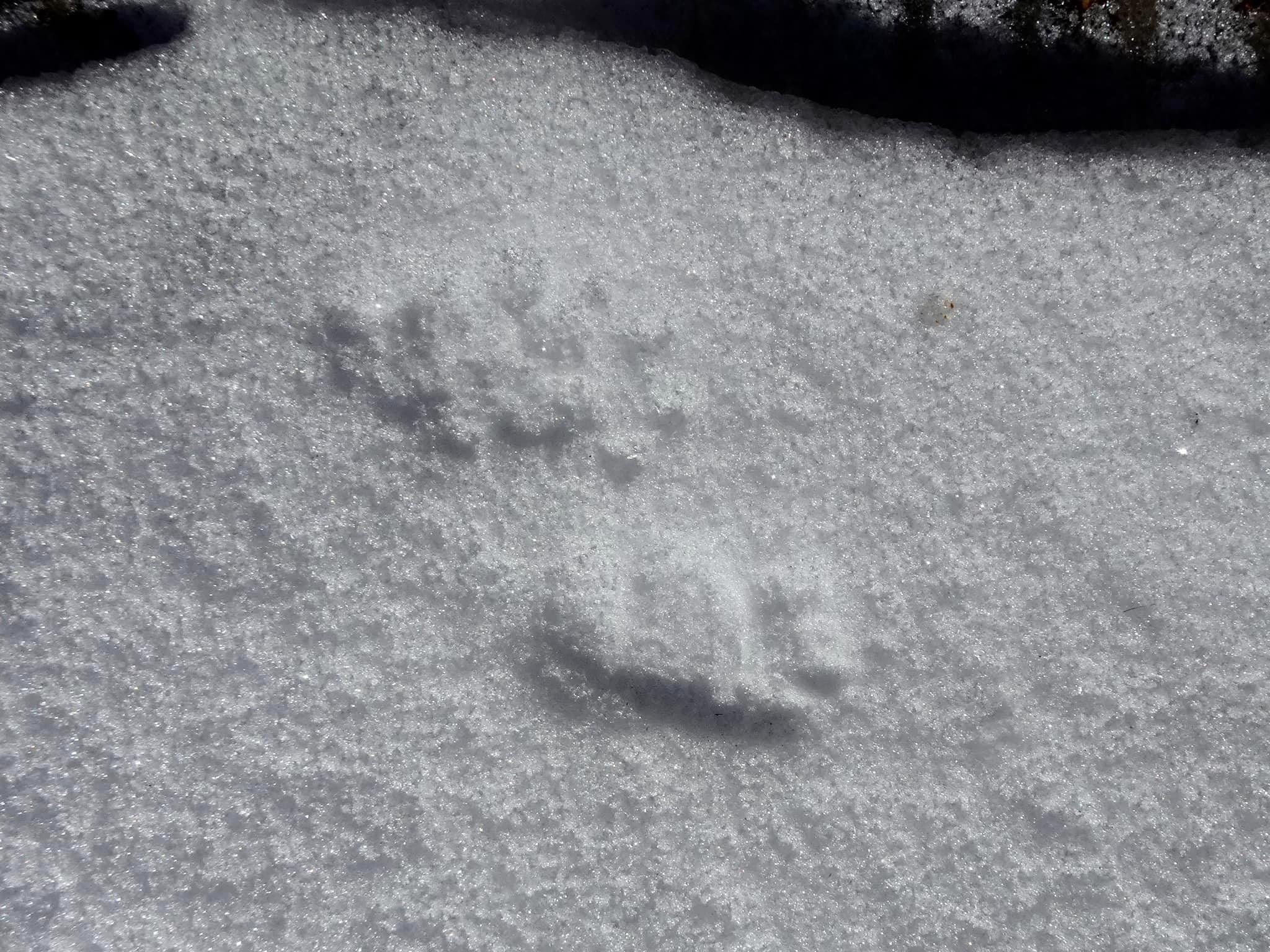Wildlife Wednesday — striped skunk
By Andy Ames
Bluebirds have returned. Deer have lost their antlers and elk are starting to shed theirs. Chipmunks are out and starting to establish territories and skunks are starting to become more active as well. Unlike chipmunks, skunks do not hibernate but greatly reduce their feeding and activity level during the winter. Skunks spend much of the winter bedded down in a den, usually an abandoned burrow of another animal. A couple times a day they may get up to move around for a few minutes but otherwise the winter is spent conserving energy. Skunks mainly feed in bugs, small rodents, eggs, and plant material so food is scarce during the winter months. In fact, skunks may lose over half their body weight during this time!
Skunks are mainly active at night and rarely seen. February and March is the skunk’s mating season so you are likely to see more tracks this time of year. See images below to help with identification. Happy tracking!
Skunk tracks look a lot like tiny bear tracks. Both skunks and bears have 5 toes front and rear and are plantigrade. That is they place their whole foot on the ground while walking. The rear prints are always the most definitive to me. The rear features a large, wide sole of the foot with a crease between the heel and the ball. You can see this on the center left track. The front track has a prominent ball with just a small dot of a heel, also like a bear’s (center right). Dots in front of the toes indicate the skunk’s long claws.
Closer view of skunk tracks, front is at top, rear below. Best viewed from a distance.
One of the common gaits of a skunk, the side trot.
Striped skunk on the move. Note the long claws on the front foot.




